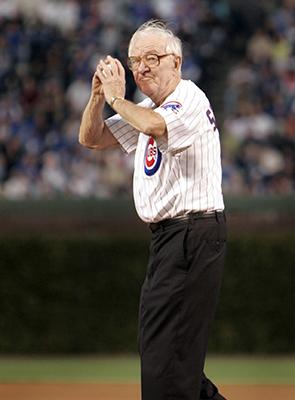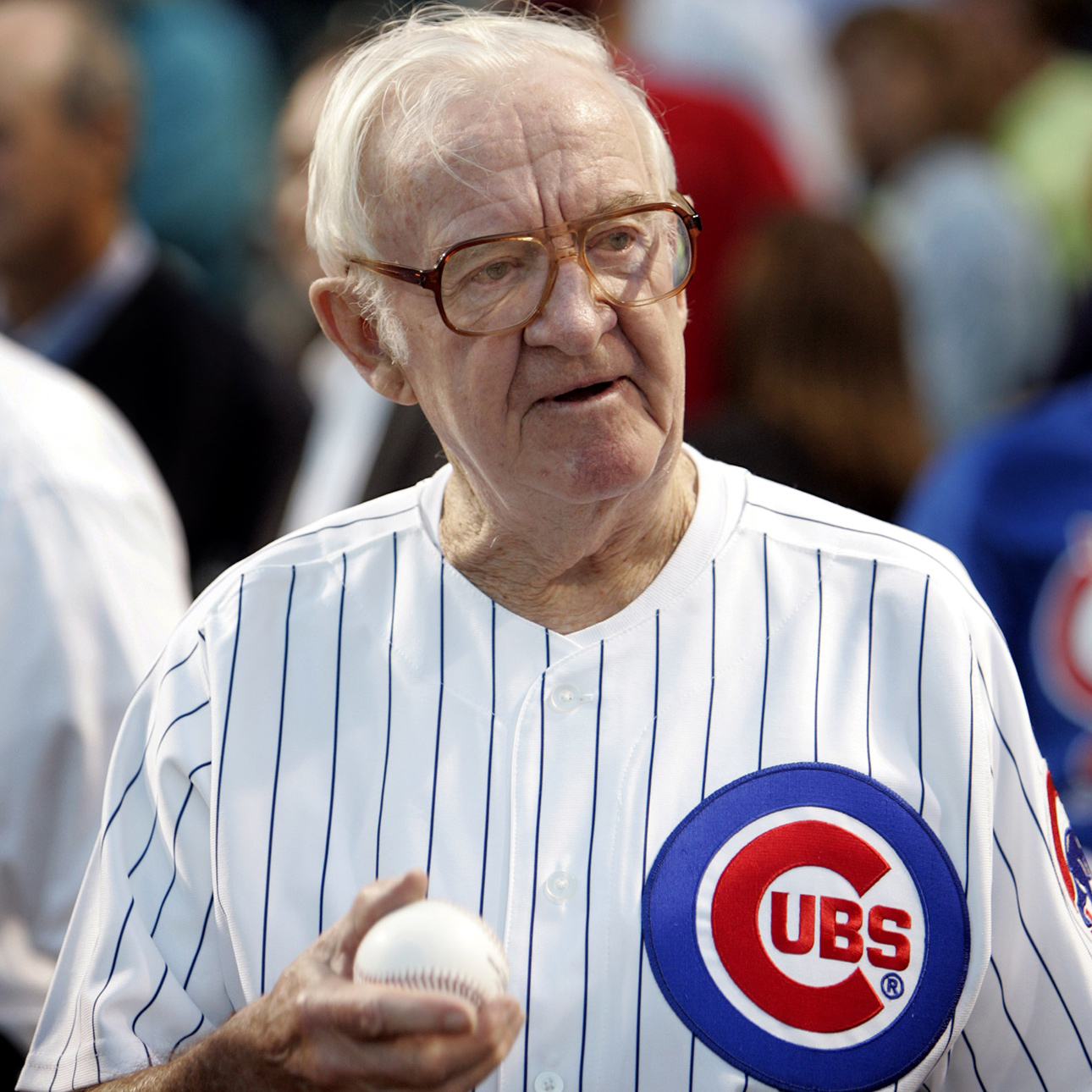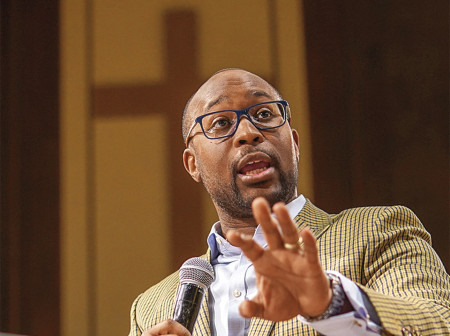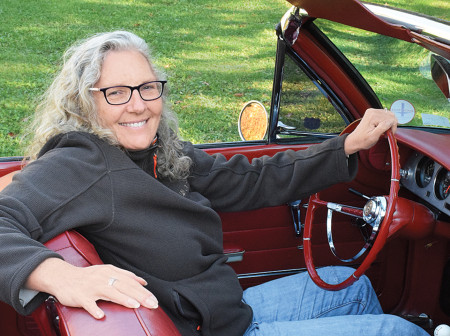John Paul Stevens '47 JD, '77 H, one of the longest-serving justices on the Supreme Court and one of Northwestern Pritzker School of Law’s most prominent graduates, died July 16. He was 99.
Stevens graduated magna cum laude from Northwestern Law in 1947 and served as co-editor-in-chief of the Northwestern University Law Review. He earned his undergraduate degree from the University of Chicago. (See his full obituary on Northwestern Now.)
In a 2009 Northwestern Magazine profile, Stevens talked about his love for the Chicago Cubs. As a young boy he listened to the radio broadcasts of games at his family's home in Chicago and their summer place in Michigan. Asked why a South Sider would cheer for the North Side club, he said, "The Cubs were the winning team at the time. They were a really strong team. I listened to many, many games and knew the Cubs inside and out."
Stevens experienced the frustrations of Cub fans early when, at age 9, he went to his first game — Game 1 of the 1929 World Series, played at Wrigley Field between the Cubs and the Philadelphia Athletics. "An elderly relief pitcher [the A's Howard Ehmke] was brought in to start that game, and he struck out 13 Cubs," Stevens recalled. "And that was my first game, a tragic game for a young boy to go to and see in person!"
Things didn't get much better on his second trip to Wrigley on Oct. 1, 1932, when he sat with his father watching Game 3 of the World Series between the Cubs and the New York Yankees. In the fifth inning he witnessed what has come to be known as "the called shot," when the legendary Babe Ruth is said to have gestured toward center field and hit the next pitch into the bleachers. The Yankees went on to win the game and sweep the series.

Lifelong Cubs fan John Paul Stevens throws out the first pitch at Wrigley Field in 2005. Photo by AP Photos/Jeff Robertson.
When Stevens was a law clerk for Supreme Court Justice Wiley Rutledge, he and a fellow clerk shared their passion for baseball. That clerk had kept score during the 1932 World Series game as he listened to the radio broadcast. Years later, when he learned Stevens had been at the game, he gave the scorecard to him, and it hung in a frame on the wall in Stevens' office along with other Cub memorabilia, including a Mark Prior jersey, an autographed photo of Ernie Banks and a painting of Ruth swinging at "the called shot."
What Stevens called "the highlight of my career" took place at Wrigley in fall 2005 when he threw out the ceremonial first pitch before a Cubs game. He had practiced in a Washington, D.C., park with his daughter and in the gym at the Supreme Court with some of his clerks. "I threw it as hard as I could, and it was high and outside," he said with a laugh. "I had several grandchildren there and my kids, and I was a hero that day," he said. "That was a much more important event for them than my writing a lot of opinions."
Stevens visited Wrigley Field for Game 4 of the World Series in 2016, the year his beloved Cubs finally ended their 108-year title drought.
Terry Stephan '78 MS is a freelance writer in Chicago.




Reader Responses
Our excitement was palpable in the classroom. It was the morning after President Ford nominated John Paul Stevens to become associate justice of the U.S. Supreme Court. Our first class was constitutional law taught by Professor Nathaniel Nathanson, who also taught Stevens constitutional law. As Nathanson entered the classroom and walked slowly to the front we became uncharacteristically silent. He was clearly savoring the moment — the second law student he taught (the first being the Justice Arthur Goldberg) nominated to the Supreme Court. After what seemed an eternity he turned to the anxious classroom and with a smile said, “Well, I guess I’d better say something.”
He told us that the previous night, after the announcement was made, he went back and reread Steven’s final exam papers. “Not bad,” he concluded. He told us how pleased he was about the nomination. The only thing that would have made him happier, Nathanson said, was if the president had nominated him to the Supreme Court.
— Dean Hansell, Judge, California Superior Court '77 JD, Los Angeles, via Northwestern Magazine
No one has commented on this page yet.
Submit a Response